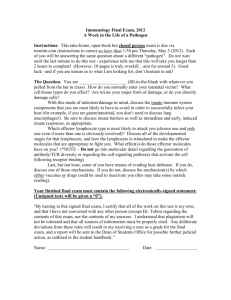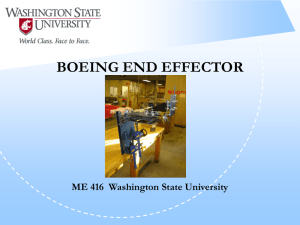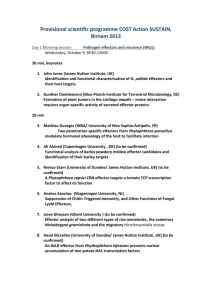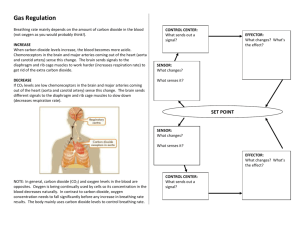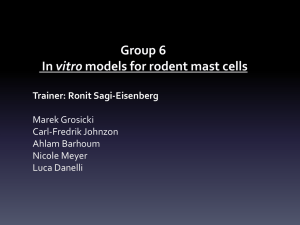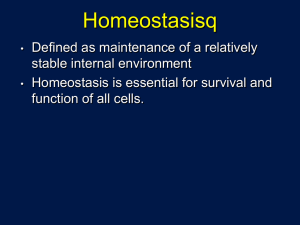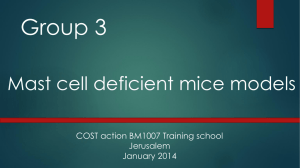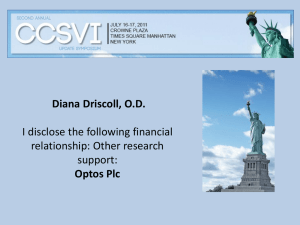effector mechanisms
advertisement
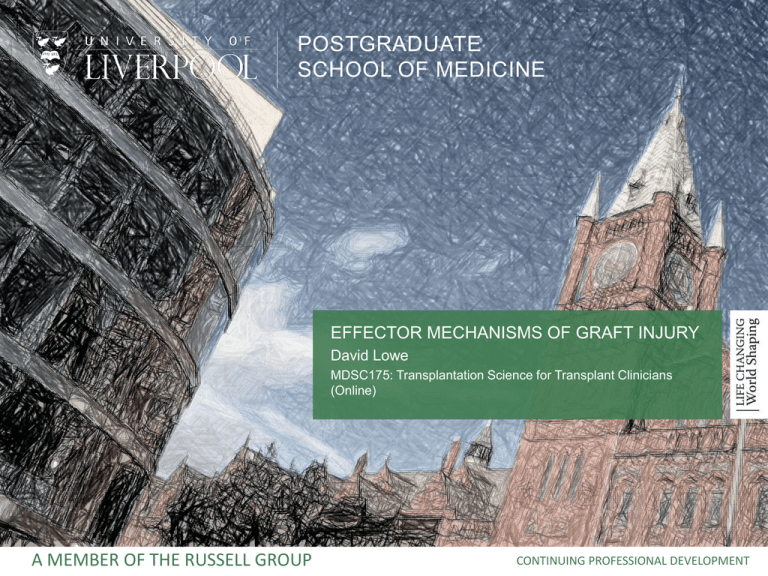
POSTGRADUATE SCHOOL OF MEDICINE EFFECTOR MECHANISMS OF GRAFT INJURY David Lowe MDSC175: Transplantation Science for Transplant Clinicians (Online) A MEMBER OF THE RUSSELL GROUP CONTINUING PROFESSIONAL DEVELOPMENT Effector Mechanisms Effector Mechanisms of Graft Injury Lymphocytemedicated cytotoxicity Antibodies and complement Delayed Type Hypersensitivity 2 Effector Mechanisms Lymphocyte mediated Cytotoxicity 3 Effector Mechanisms CTL Induced Graft Damage Source: Rocha et al, 2003:Effector mechanisms in transplant rejection 4 Effector Mechanisms Delayed Type Hypersensitivity (B) Effector Phase MNG Cl II TNF receptor IFN-ϒ TH1 cells TNF-β Resting Macrophage TH1 products: IFN-ϒ, TNF-β, IL-2, IL3, IL-8, MCAF, MIF Activated Macrophage Macrophage activation MHC cl II, TNF receptor, oxygen radicals, nitric oxide 5 Effector Mechanisms Antibodies and Complement 6 Effector Mechanisms Classical Pathway C1qrs Alternative Pathway MBL Pathwa MASP-1/2 y ___ ___ __ C1qrs C3bBb MASP-1/2 C4 Factor D C4b C3 C2 C3bB ___ C4b2a C3a &C3b ______ C4b2a3b C5 C5a & C5b C6, C7, C8, C9 C5b-C9 Factor B ______ C3bBb3 b 7 Effector Mechanisms Complement Protein C3a C3b C3d C4a C4b C5a C5-C9 Immunological Effect Mast cell degranulation Opsonisation Immune complex clearance Mast cell degranulation B-cell activation Mast cell degranulation Opsonisation Mast cell degranulation Cell lysis 8 Main Target Mast cell Pathogen surface Red blood cell Mast cell B-cell Mast cell Pathogen surface Mast cell Infected cell FACULTY OF HEALTH & LIFE SCIENCES – CPD Institute for Learning & Teaching Faculty of Health & Life Sciences Room 2.16A, 4th Floor Thompson Yates Building Brownlow Hill Liverpool L69 3GB www.liv.ac.uk/learning-and-teaching/cpd A MEMBER OF THE RUSSELL GROUP
